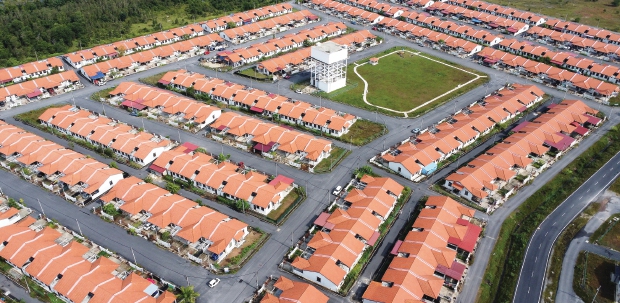DUBLIN: Ireland's central bank on Tuesday increased its economic growth forecast for next year, citing an expansion in house building, but warned the government not to stoke inflationary pressures by overspending in October's budget.
Ireland's economy as measured by modified domestic demand (MDD) - the central bank and government's preferred gauge at it strips out some of the ways foreign-owned multinationals can inflate activity - expanded by 1.4 per cent in the first three months of the year, its strongest quarterly growth in almost two years.
While the Central Bank of Ireland, in its quarterly economic update, cut its forecast for 2024 MDD marginally to 2.1 per cent from the 2.2 per cent predicted in March, it increased its forecast for 2025 to 2.5 per cent from 1.9 per cent.
That is mainly due to a projected increase in house building across the country to 37,500 in 2024 and 39,500 in 2025 - an additional 3,500 units than the central bank saw three months ago - though still short of the 50,000 needed each year to catch up on years of under-supply.
The bank's inflation outlook was little changed with price growth in and around 2.0 per cent expected for the next 18 months. That included an increase in services inflation forecasts after two-thirds of service items registered inflation of 5.0 per cent or more up to May.
The central bank also warned the government that if ministers for the third successive year broke their own budget rule aimed at capping annual expenditure growth at 5.0 per cent, it would "significantly contribute" to overheating risks.
The central bank's director of economics, Robert Kelly, said the bank was not currently seeing any overheating dynamics but spending "too much, too fast" would result in a large additional stimulus to domestic demand, lead to a loss of competitiveness as well as add to wage and inflationary pressures.





